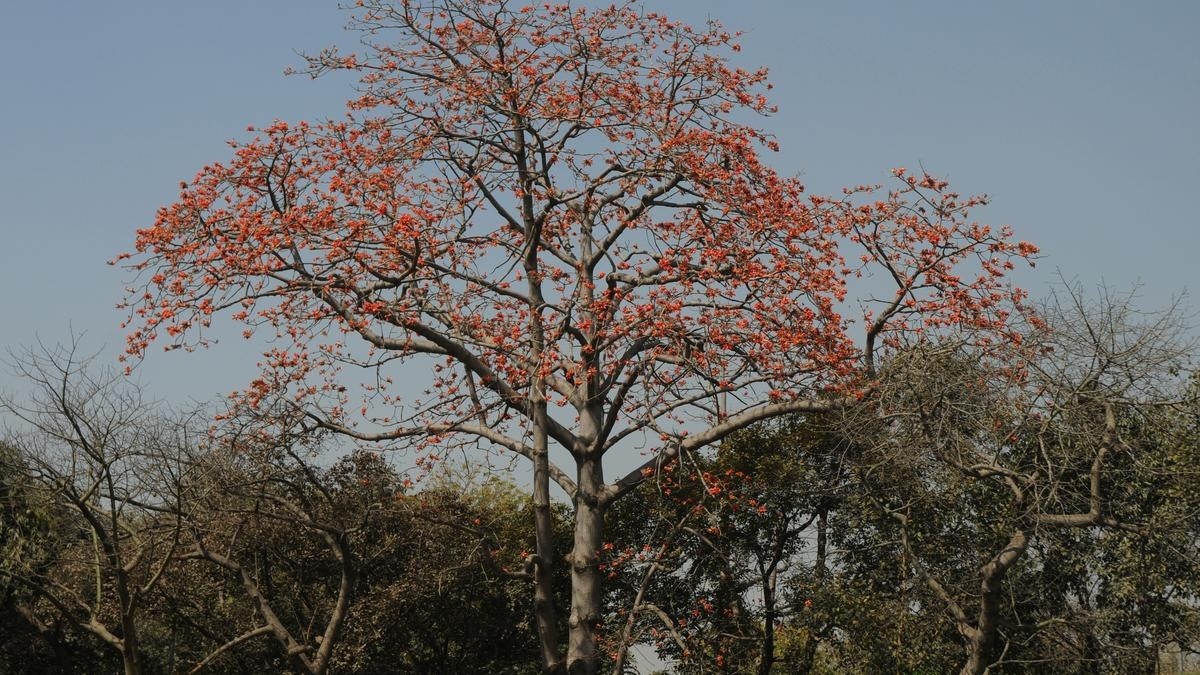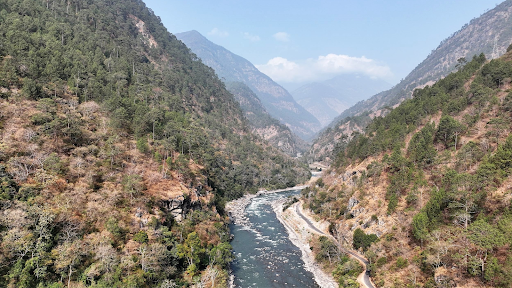





Copyright infringement not intended
Picture Courtesy: https://www.thehindu.com/sci-tech/energy-and-environment/udaipur-holika-dahan-semal-trees-rajasthan-disappearing/article68170694.ece
Context: Environmental conflict arising from the use of semal trees in Udaipur's Holi celebrations.
Semal Trees
|
Uses and Economic Significance ●The white fluffy fibres from Bombax ceiba are carded into thread and woven into textiles in Nepal and India. In North India, these fibres are also used in pillows. ● In Thailand, the dry cores of Bombax ceiba flowers are used as an essential ingredient in traditional dishes like nam ngiao spicy noodle soup and kaeng khae curry. ● Bombax ceiba plays a significant role in Cantonese culture, particularly in Guangzhou, where it is the official flower. The flowers are collected for making tea or soup, and they attract various wildlife like Japanese white-eyes and bees. |
Ecological Consequences of Tree Cutting
Legal Violations
Community Engagement and Economic Factors
|
The key to conserving semal trees lies in reducing demand from urban areas like Udaipur for bonfires during Holi. Awareness campaigns targeting urban populations, businesses, and local administrations are crucial to shift cultural practices and promote environmentally friendly alternatives. |
Conservation Strategies
Source:
|
PRACTICE QUESTION Q. Semal trees play an important role in the ecosystem. How do semal trees contribute to the environment? 1. Their nitrogen-fixing properties enrich the soil, benefiting surrounding plants. 2. The large, colourful flowers attract pollinators like bees and butterflies. 3. The hollow trunks of mature semal trees provide a habitat for birds and small animals. 4. The fast-growing nature of semal trees helps to combat soil erosion. How many of the above statements are correct? A) Only one B) Only two C) Only three D) All four Answer: D |










© 2025 iasgyan. All right reserved